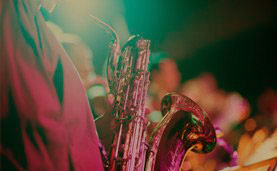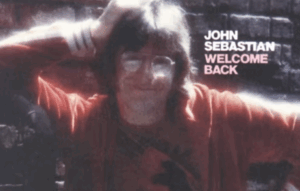John Fogerty Spent $90,000 to Reclaim His Legendary CCR Guitar

via John Fogerty / YouTube
John Fogerty, the driving force behind Creedence Clearwater Revival (CCR), recently revealed the emotional story of parting with and later reclaiming his most iconic guitar. On the Sodajerker On Songwriting Podcast, he opened up about the circumstances that led him to give away the beloved instrument and the nearly $90,000 it took to bring it back into his life. For Fogerty, the decision was more than financial—it was about reconnecting with the very heart of CCR’s sound.
The Fireglo Rickenbacker 325, heavily modified and affectionately named “ACME,” was far more than wood and strings. It embodied the swamp rock grit that defined Fogerty’s songwriting and performances in the late 1960s. Giving it away was a decision he now calls both “dumb” and “foolish,” made in the wake of heartbreak.
Decades later, the guitar returned, thanks to his wife Julie, who managed to track it down. For Fogerty, strumming it again was like stepping into a time machine, unlocking the very essence of the band’s legendary sound.
A Heartbroken Decision
The breakup of Creedence Clearwater Revival left Fogerty devastated. In the turmoil that followed, he found himself making choices that were more emotional than rational. Among them was the shocking decision to hand over his ACME guitar to a 12-year-old fan.
“I was just affected by my feelings, so I gave this guitar away,” Fogerty reflected. At the time, he hoped to symbolically close a chapter in his life, letting go of the pain that came with the end of CCR. But as he admitted later, it was a mistake that haunted him for years.
His honesty about that period underscores how deeply the band’s dissolution affected him. It wasn’t just a breakup of colleagues—it was the unraveling of a creative bond that defined much of his identity as a musician.
View this post on Instagram
The Return of ACME
Years later, Julie Fogerty tracked down the ACME guitar, giving her husband the chance to reunite with his long-lost instrument. The moment he strummed its strings again, John described feeling an electric surge of recognition—the exact sound he hadn’t heard since CCR’s heyday.
“The hairs stood up on the back of my neck,” he recalled. “It was exactly that sound, 100 percent.” To him, it wasn’t simply nostalgia—it was a literal reconnection to a musical voice that had been absent for decades.
The cost of $90,000 might seem steep for a single guitar, but for Fogerty, it was worth every cent. What he regained wasn’t just an instrument but the distinct sonic fingerprint of Creedence Clearwater Revival itself.
A Guitar That Defined an Era
Fogerty’s ACME Rickenbacker 325 wasn’t just historically significant—it was uniquely his. Modified with a Gibson Les Paul humbucker, a Bigsby vibrato, and a custom-painted headstock that read “ACME,” the guitar carried a one-of-a-kind identity. Its quirks became inseparable from CCR’s swamp rock sound.
This guitar powered hits like “Green River,” “Travelin’ Band,” and “Up Around the Bend.” It was present at Woodstock and on The Ed Sullivan Show, becoming as iconic in appearance as it was in tone. To fans, it represented the golden era of CCR, when the band’s music became the soundtrack of American life in the late 1960s.
For Fogerty, reclaiming ACME was about more than sentimentality. It was an act of preservation—ensuring that the instrument which helped define his career remained in his hands. In doing so, he reestablished a tangible link to a period that shaped rock history, reminding the world why both he and CCR continue to matter today.












